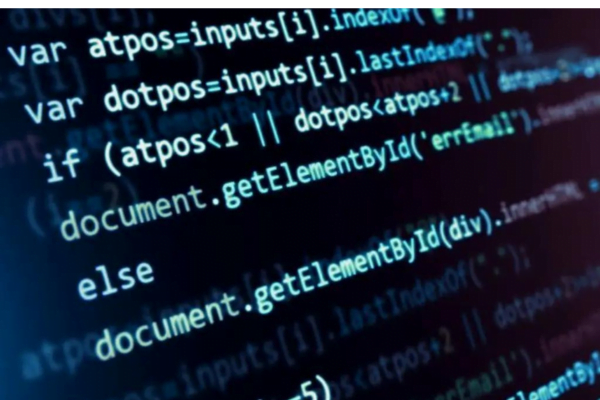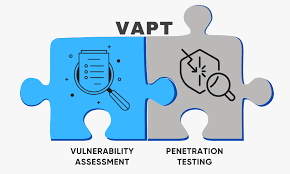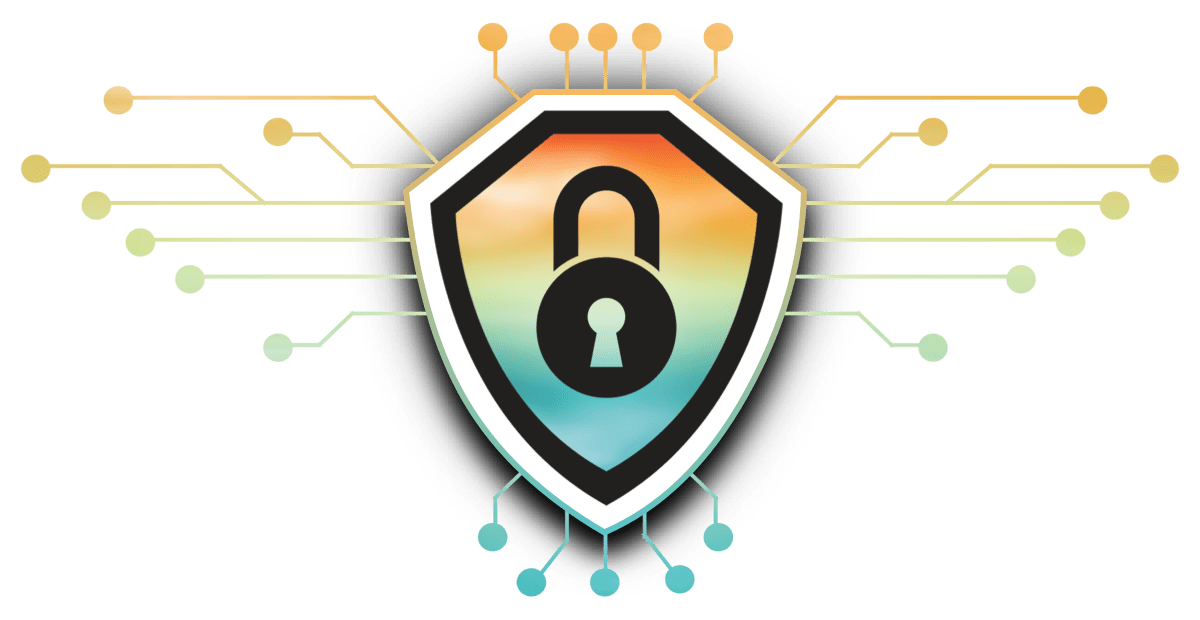SECURE SOURCE CODE REVIEW

What is Secure Source Code Review?
A Secure Source Code Review (SSCR) is a methodical examination of software code to pinpoint and address security vulnerabilities before they can be exploited by attackers. It’s a crucial step in building secure software and safeguarding sensitive data.
Why does your Organization require a Secure Source Code Review?
- Early Detection of Vulnerabilities: Reviews uncover security flaws like buffer overflows, injection vulnerabilities, and insecure authentication mechanisms before they reach production, significantly reducing the risk of exploits and data breaches.
- Prevention of Future Attacks: Identifying and fixing vulnerabilities early on prevents attackers from discovering and exploiting them later, saving time, resources, and potentially mitigating reputational damage.
- Compliance with Regulations: Many industries have strict data security regulations, and secure code review helps ensure your code adheres to these regulations, minimizing legal and financial risks.
- Manual Reviews: Offer personalized feedback and deeper understanding of the code, but can be time-consuming and subjective.
- Static Code Analysis (SCA) Tools: Automate vulnerability detection and providing consistent results, but might generate false positives and require developer expertise for interpretation.
- Dynamic Application Security Testing (DAST) Tools: Simulate real-world attacks to identifying exploitable vulnerabilities, but can be resource-intensive and require careful configuration.


Why does your organization require a Secure Source Code Review?
- Early Detection of Vulnerabilities: Reviews uncover security flaws like buffer overflows, injection vulnerabilities, and insecure authentication mechanisms before they reach production, significantly reducing the risk of exploits and data breaches.
- Prevention of Future Attacks: Identifying and fixing vulnerabilities early on prevents attackers from discovering and exploiting them later, saving time, resources, and potentially mitigating reputational damage.
- Compliance with Regulations: Many industries have strict data security regulations, and secure code review helps ensure your code adheres to these regulations, minimizing legal and financial risks.
- Manual reviews: Offer personalized feedback and deeper understanding of the code, but can be time-consuming and subjective.
- Static code analysis (SCA) tools: Automate vulnerability detection and provide consistent results, but might generate false positives and require developer expertise for interpretation.
- Dynamic application security testing (DAST) tools: Simulate real-world attacks to identify exploitable vulnerabilities, but can be resource-intensive and require careful configuration.
Our Approach
1. Planning & Preparation:
- Define Scope and Objectives: Clearly outline which codebase sections will be reviewed (entire project, specific modules, new code). Establish the review's objectives, such as finding high-risk vulnerabilities or focusing on specific security best practices.
- Preparation: Provide reviewers with necessary context, including system design documents, security requirements, and coding standards. This helps them understand the code's purpose and identify potential security weaknesses more effectively.
2. Code Review:
- Manual Code Review: Reviewers meticulously examine the code line by line, looking for common security vulnerabilities like:
- Injection Flaws: (SQL injection, XSS) where attacker-controlled input is improperly sanitized and executed.
- Broken Authentication & Authorization: Weak password policies, insecure session management, or inadequate access controls.
- Sensitive Data Exposure: Storing sensitive data (passwords, credit cards) in plain text or insecure transmission.
- Security Misconfigurations: Insecure defaults in libraries or frameworks used within the code.
- Cryptography Issues: Weak encryption algorithms, improper key management.
- Automated Code Review Tools: Supplement manual review with automated static analysis tools. These tools can scan the codebase for known vulnerabilities, coding errors, and suspicious patterns.
3. Reporting & Remediation:
- Findings & Recommendations: Reviewers document discovered vulnerabilities, including severity levels, code snippets demonstrating the issue, and recommended remediation steps.
- Discussion & Resolution: Developers and reviewers discuss the findings, collaborate on solutions, and determine appropriate fixes for the identified vulnerabilities.
- Version Control & Tracking: Code changes and fixes are documented and tracked within the version control system to maintain a clear audit trail.
4. Re-review:
- Verification of Fixes: After implementing the recommended changes, the code can be re-reviewed to verify that the vulnerabilities are addressed and no new security issues are introduced.










